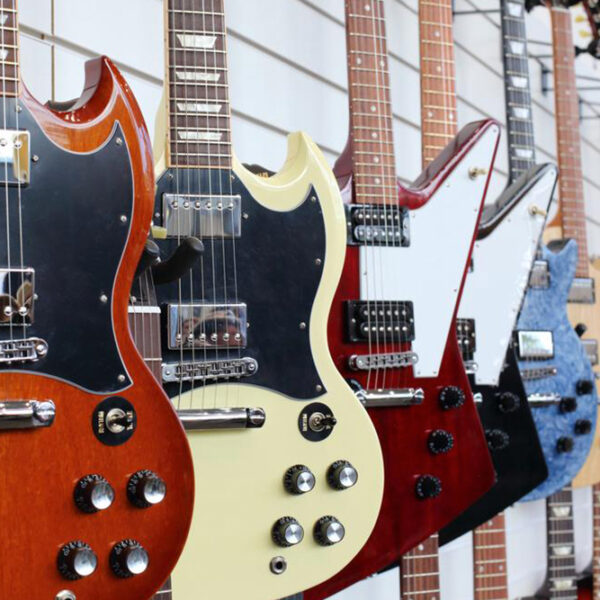
Three basic types of electric guitars
The need for an amplification in musical instruments in the early half of the twentieth century, led to the invention of the magnificent electric guitar. Electric guitars have a wide range. Thanks to the little quirks and variations in pickups, bridges, fret sizes, neck radii, tone woods and tuners, every strum plays and sounds hugely different. To a newbie these nuances may not make sense, but to an experienced hand they make a world of a difference. If you are a newbie who gets puzzled by variety, here’s a basic run down of the types of electric guitars. Hollow body guitars These originated in the 1930 and had an electrified hollow roundish body. Hollow body guitars are broadly a blend of acoustic and electric as they have both a sound box and a couple of electric pickups. This however is not anything like an acoustic-electric guitar (which is mainly an acoustic guitar with additional pickups or other modifiers added by the player or the makers). The tunes that this kind of a guitar produces are mainly clean and warm. Genres like pop, folk and blues suit hollow body guitars the best. Semi-hollow body Introduced by Gibson in 1958, these guitars had a solid block of wood running through the center of the body.